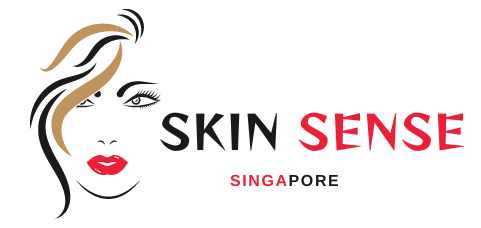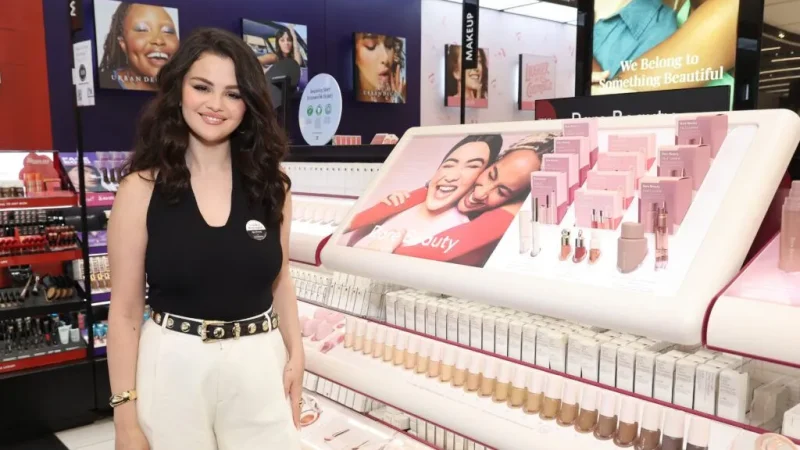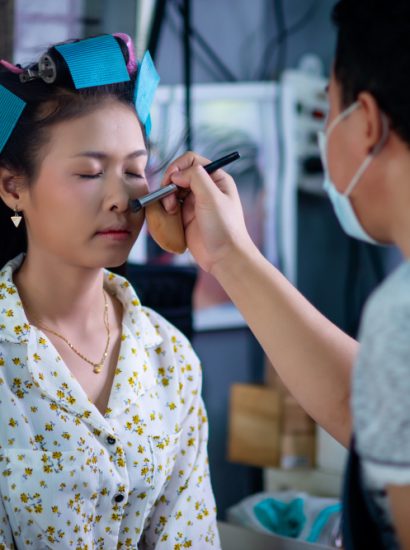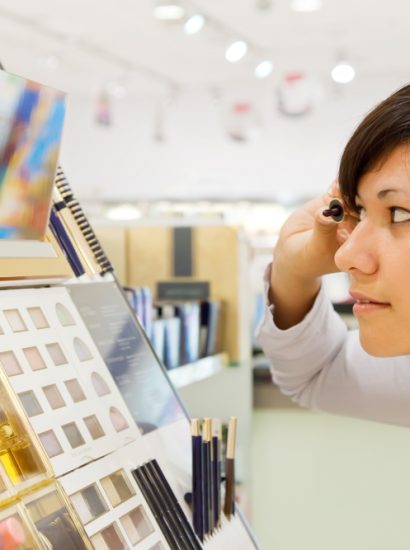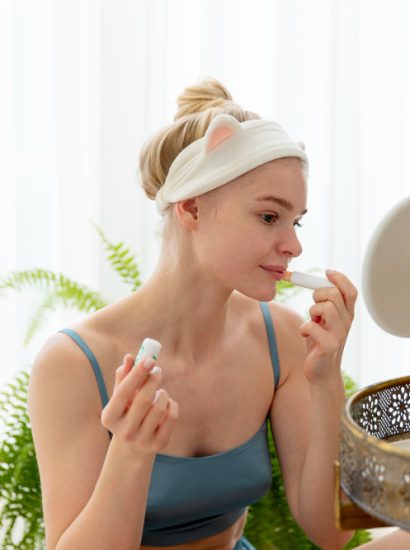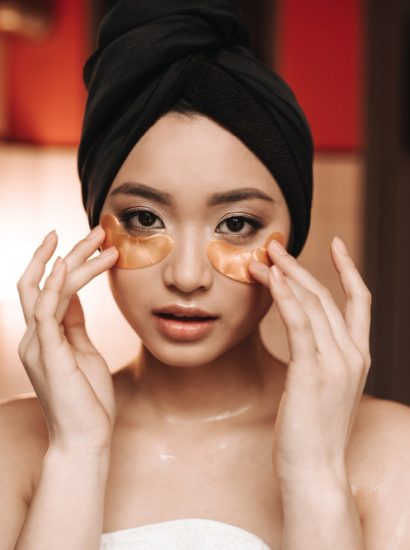The beauty industry is one of the fastest-growing and most competitive markets globally, with millions of products sold each year. From makeup and skincare to haircare and fragrances, beauty sales are driven by innovation, social media, and shifting consumer preferences.
If you’re a beauty brand or retailer, understanding how to maximize sales is essential to staying ahead. This article will explore effective strategies, key trends in beauty sales, and actionable tips to grow your business.
The Current State of the Beauty Industry
The global beauty industry is thriving, with an estimated market value of $571 billion in 2023 and projected growth of over 5% annually. Key drivers of this growth include:
- Digital Influence: Social media platforms like Instagram, TikTok, and YouTube have become essential for beauty marketing and sales.
- E-commerce Boom: Online sales have skyrocketed, particularly during and after the pandemic, making e-commerce a key channel for beauty brands.
- Sustainability Demand: Consumers are increasingly seeking eco-friendly and cruelty-free products, influencing buying decisions.
Top Strategies to Boost Beauty Sales
Here are proven strategies to help beauty brands and retailers increase their sales:
Embrace Social Media Marketing
Social media platforms are a powerhouse for promoting beauty products and driving sales.
- Leverage Influencers: Partner with beauty influencers to showcase your products and reach their dedicated followers.
- Create Engaging Content: Post tutorials, product demos, and behind-the-scenes videos to connect with your audience.
- Use Paid Ads: Invest in targeted ads on platforms like Instagram and Facebook to boost visibility and conversions.
Optimize Ecommerce Channels
With online shopping becoming the norm, your e-commerce presence must be strong.
- User-Friendly Website: Ensure your website is fast, visually appealing, and mobile-friendly.
- Product Descriptions and Reviews: Include detailed product descriptions, high-quality images, and customer reviews to build trust.
- Offer Discounts: Attract customers with limited-time offers, bundles, and discounts.
Personalization is Key
Consumers love personalized shopping experiences, especially in the beauty industry.
- Quizzes and Recommendations: Use quizzes to help customers find products tailored to their skin type or preferences.
- Custom Packaging: Offer personalized packaging or messages for a unique customer experience.
- Email Marketing: Send personalized emails with product recommendations and exclusive deals.
Focus on Clean Beauty and Sustainability
The demand for clean, sustainable, and cruelty-free beauty products is growing.
- Highlight Eco-Friendly Practices: Promote your sustainable packaging or ethically sourced ingredients.
- Certifications: Display certifications like “Vegan,” “Cruelty-Free,” or “Organic” on your packaging and website.
Utilize Cross-Selling and Upselling Techniques
Encourage customers to purchase complementary products or upgrade their choices.
- Bundling: Offer skincare or makeup kits that combine multiple products at a discounted price.
- Recommendations at Checkout: Suggest related items during the checkout process to increase order value.
Trends Shaping Beauty Sales in 2024
Keeping up with trends is essential to staying competitive in the beauty industry. Here are some of the hottest trends:
Hybrid Beauty Products
- Products that combine skincare and makeup benefits (e.g., tinted moisturizers with SPF) are gaining popularity.
AI and Virtual Try-Ons
- Augmented reality tools allow customers to try on makeup virtually, making online shopping more interactive.
Subscription Boxes
- Beauty subscription boxes provide a curated selection of products, offering convenience and discovery for consumers.
Inclusivity
- Brands are launching more inclusive product ranges, catering to diverse skin tones and types.
Minimalist Beauty
- Consumers are seeking multi-purpose products and simpler routines, emphasizing “minimalism.”
Tips for Improving In-Store Beauty Sales
While e-commerce dominates, in-store beauty sales remain significant. Here’s how to enhance the in-store experience:
Create an Interactive Experience
- Offer testers and demos for customers to try products before buying.
- Use beauty consultants to provide personalized recommendations.
Host Events
- Organize makeup tutorials, skincare workshops, or product launches to attract foot traffic.
Showcase Best-Sellers and New Arrivals
- Highlight popular and newly launched products in prominent areas of the store.
Loyalty Programs
- Reward repeat customers with points, discounts, or exclusive perks.
How to Measure Success in Beauty Sales
Tracking the right metrics is essential to evaluate the effectiveness of your strategies:
- Conversion Rate: Percentage of website visitors who make a purchase.
- Average Order Value (AOV): The average amount customers spend per transaction.
- Customer Retention Rate: How often customers return to buy again.
- Engagement Rate: Social media likes, comments, and shares that show customer interest.
- Revenue Growth: Overall increase in sales over a specific period.
Conclusion
Beauty sales thrive on a combination of effective strategies, a deep understanding of consumer trends, and strong online and in-store presence. Whether you’re leveraging social media, embracing personalization, or focusing on sustainability, staying adaptable is key to capturing the ever-evolving beauty market.
Ready to boost your beauty sales? Start implementing these strategies today and watch your business grow!
FAQs
1. What are beauty sales?
Beauty sales refer to the revenue generated from selling beauty products like makeup, skincare, haircare, and fragrances.
2. How can I increase beauty sales online?
Leverage social media marketing, optimize your e-commerce website, and use personalization tools to enhance the online shopping experience.
3. What are the top beauty products that sell?
Best-selling categories include skincare (e.g., moisturizers, serums), makeup (e.g., foundations, lipsticks), and haircare (e.g., shampoos, treatments).
4. How important is influencer marketing for beauty sales?
Extremely important—beauty influencers can drive significant traffic and sales by promoting your products to their followers.
5. What’s the role of sustainability in beauty sales?
Sustainability is a major factor for today’s consumers. Offering eco-friendly products can boost sales and improve brand loyalty.
Also read: Anti Ageing Creams UK: Top Picks for Youthful and Radiant Skin
